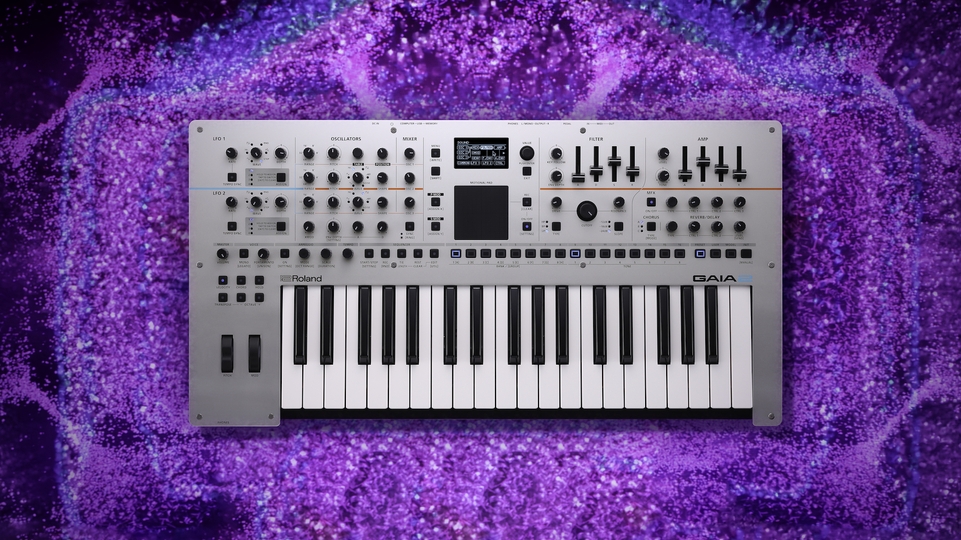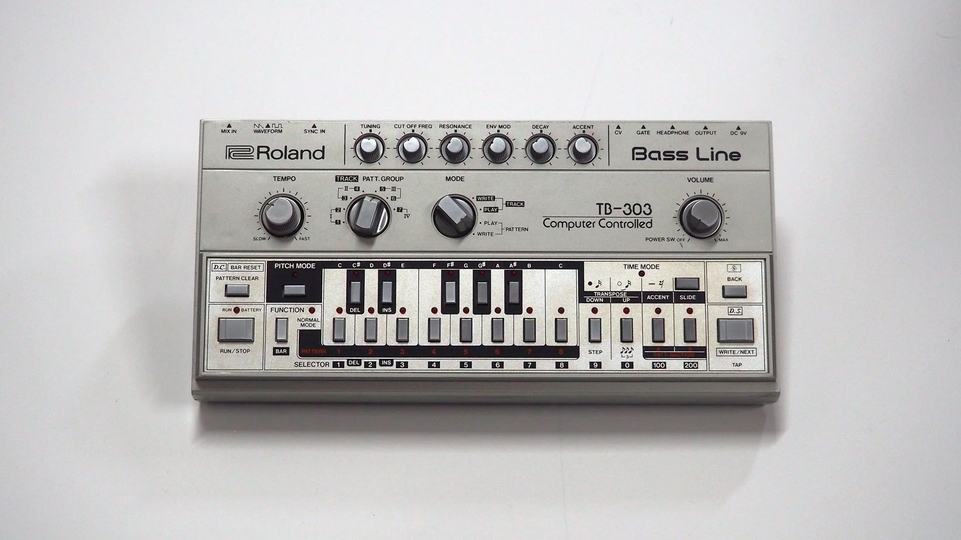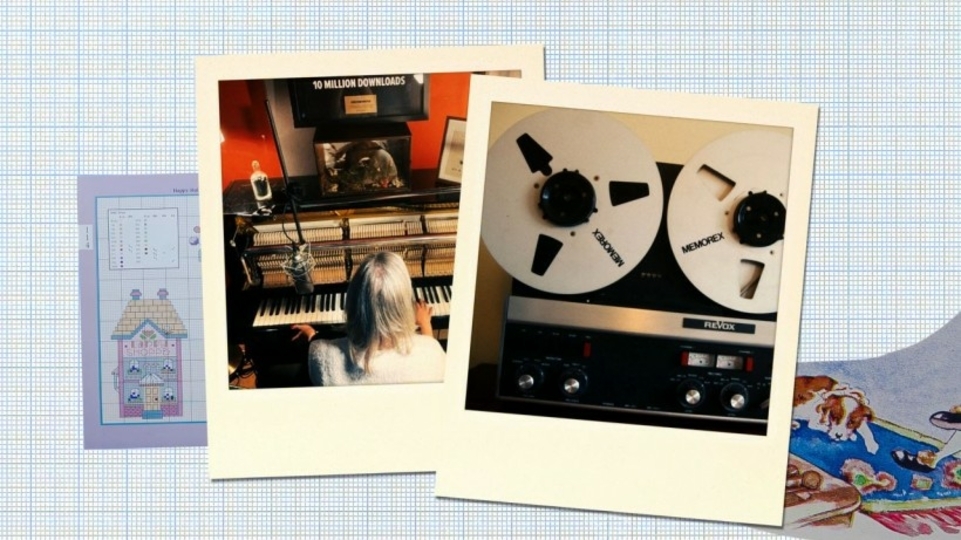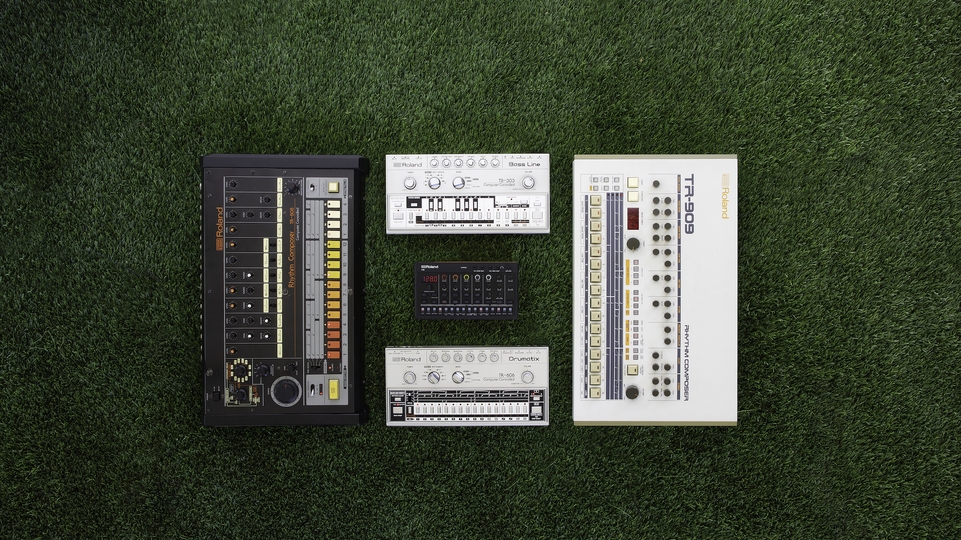
Beginner’s Guide: the mixdown
In the first of our new series exploring the basics of music production, Emma Davies dissects common misconceptions around what a mixdown really is and how to approach it
I’m Emma. I have been releasing electronic music as E.M.M.A. since 2012. Like most producers, I am self-taught, but had friends who showed me the basics. Without this, learning would have been daunting. Courses are expensive and a lot of production discussion is too granular or ego-driven to be useful to an absolute beginner. This can put people off completely.
I know this because I started the producergirls workshops in 2016 and many who attended cited a lack of confidence as a reason they had not produced before.
In this column, I really want to convey that anyone can produce music if you have a laptop and a desire to express yourself with sounds. I hope that a simple breakdown of the basic techniques and guidelines will show you that it can be fun too. So read on, go forth and make a banger!
For more tips and community support follow producergirls on Insta.
As the 2020 runaway train hurtles into winter, you might be considering taking up a new indoor hobby, such as luxurious bubble baths, a staring contest with the cat or picking up music production. If it’s the latter, you’re in luck! This monthly column aims to give some useful tips to help get you started.
I figured a good place to begin is by clearing up a simple term that can be quite confusing when you’re new: the mixdown. Some people refer to ‘mixing down’ their music as if they’re launching a rocket into space or diffusing a bomb, which is not helpful for a beginner looking to make a quick hit record and retire early.
Once you get past the hot air and out of context tweets, a ‘mixdown’ is a process to make each layer of your music – i.e. drums, bass, melodies and vocals – sit well together so that your track sounds the best it possibly can. It’s a bit like arranging a family seating plan to stop any fights kicking off.
A large proportion of the mixdown process falls into three key bits. Firstly, EQing is when you tidy up the frequencies of individual sounds to give clarity as a whole, e.g. to avoid a muddy overlap of bass and kick. Secondly, using compression will help you create a dynamic range but ensures your tune sounds ‘full’. Thirdly, reverb allows you to create unity of space for certain instruments, such as making drum samples sound like they’ve been recorded in the same room.
Think about things like: How do each layer of my sounds co-exist? What are the dynamics of the music (loud versus quieter moments)? Should I pan this snare roll to mimic the movements of a real-life drum kit? I want this kick drum to cut through everything, so how can I achieve that?
"Some people refer to ‘mixing down’ their music as if they’re launching a rocket into space or diffusing a bomb, which is not helpful for a beginner looking to make a quick hit record and retire early"
These ‘mix’ decisions are creative and help you express yourself further as an artist as well as make the music a more interesting listen. Have an ‘active listen’ to your favourite tracks – see if you can spot what it is you like about them.
Everyone will have a different process, but the basic principles are the same. The more you get into it, the more you will refine your workflow, upskill, and train your ears to know what to listen for. Your mixing style becomes part of your creative identity, so if you want your tune to sound like it’s been pumped through an aquarium, go for it!
I like to mix as I go and start with quality samples and synths. I found out the hard way you can’t polish a turd – if you leave it all to the end and realise key elements are not sitting together, it could mess up the whole track. But sometimes you just have to go with your gut and throw the guidelines out of the window. Your emotional connection to the music is the most important thing.
Another tip some people suggest is to start with the key element of the track as the focus of the mix and build everything around it. Keep all levels as low as you can to avoid distortion and listen louder – ideally on monitors, or through monitoring headphones.
Try to avoid slamming your mix through a limiter so that it constantly hits 0dB on the meter, as the mastering engineer will not be able to do anything with it. Remember, working with a mastering engineer is a collaborative process, so go into any discussions armed with what you like about your mix to make sure it’s not lost.





